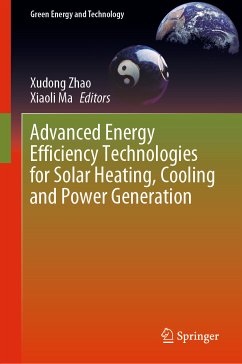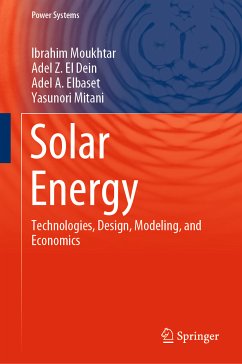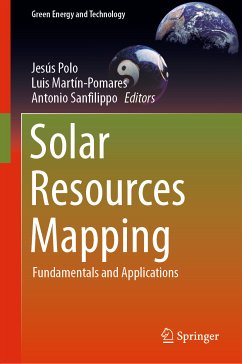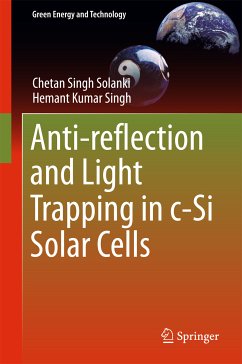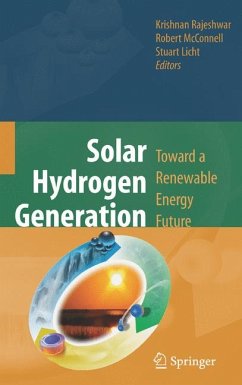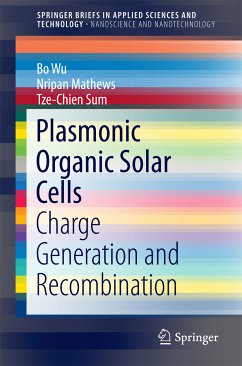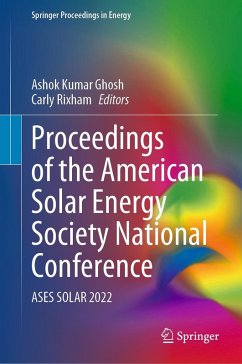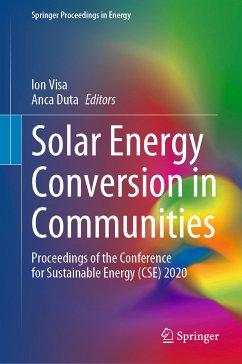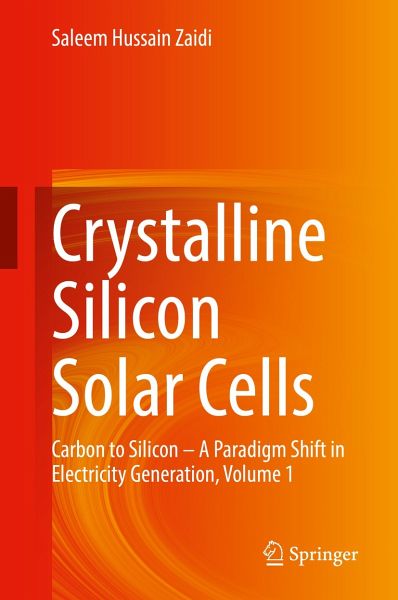
Crystalline Silicon Solar Cells (eBook, PDF)
Carbon to Silicon - A Paradigm Shift in Electricity Generation, Volume 1
Versandkostenfrei!
Sofort per Download lieferbar
72,95 €
inkl. MwSt.
Weitere Ausgaben:

PAYBACK Punkte
36 °P sammeln!
This book focuses on crystalline silicon solar cell science and technology. It is written from the perspective of an experimentalist with extensive hands-on experience in modeling, fabrication, and characterization. A practical approach to solar cell fabrication is presented in terms of its three components: materials, electrical, and optical. The materials section describes wafer processing methods including saw damage removal, texturing, diffusion, and surface passivation. The electrical section focuses on formation of ohmic contacts on n and p-doped surfaces. The optical section illustrates...
This book focuses on crystalline silicon solar cell science and technology. It is written from the perspective of an experimentalist with extensive hands-on experience in modeling, fabrication, and characterization. A practical approach to solar cell fabrication is presented in terms of its three components: materials, electrical, and optical. The materials section describes wafer processing methods including saw damage removal, texturing, diffusion, and surface passivation. The electrical section focuses on formation of ohmic contacts on n and p-doped surfaces. The optical section illustrates light interaction with textured silicon surfaces in terms of geometrical, diffractive and physical optics, transmission, and surface photovoltage (SPV) spectroscopy. A final chapter analyzes performance of solar cells, fabricated with a wide range of process parameters. A brief economic analysis on the merits of crystalline silicon-based photovoltaic technology as a cottage industry is also included.
This professional reference will be an important resource for practicing engineers and technicians working with solar cell and PV manufacturing and renewable energy technologies, as well as upper-level engineering and material science students.
- Presents a practical approach to solar cell fabrication, and characterization;
- Offers modular methodology with detailed equipment and process parameters supported by experimental results;
- Includes processing diagrams and tables for 16% efficient solar cell fabrication.
Dieser Download kann aus rechtlichen Gründen nur mit Rechnungsadresse in A, B, BG, CY, CZ, D, DK, EW, E, FIN, F, GR, HR, H, IRL, I, LT, L, LR, M, NL, PL, P, R, S, SLO, SK ausgeliefert werden.



